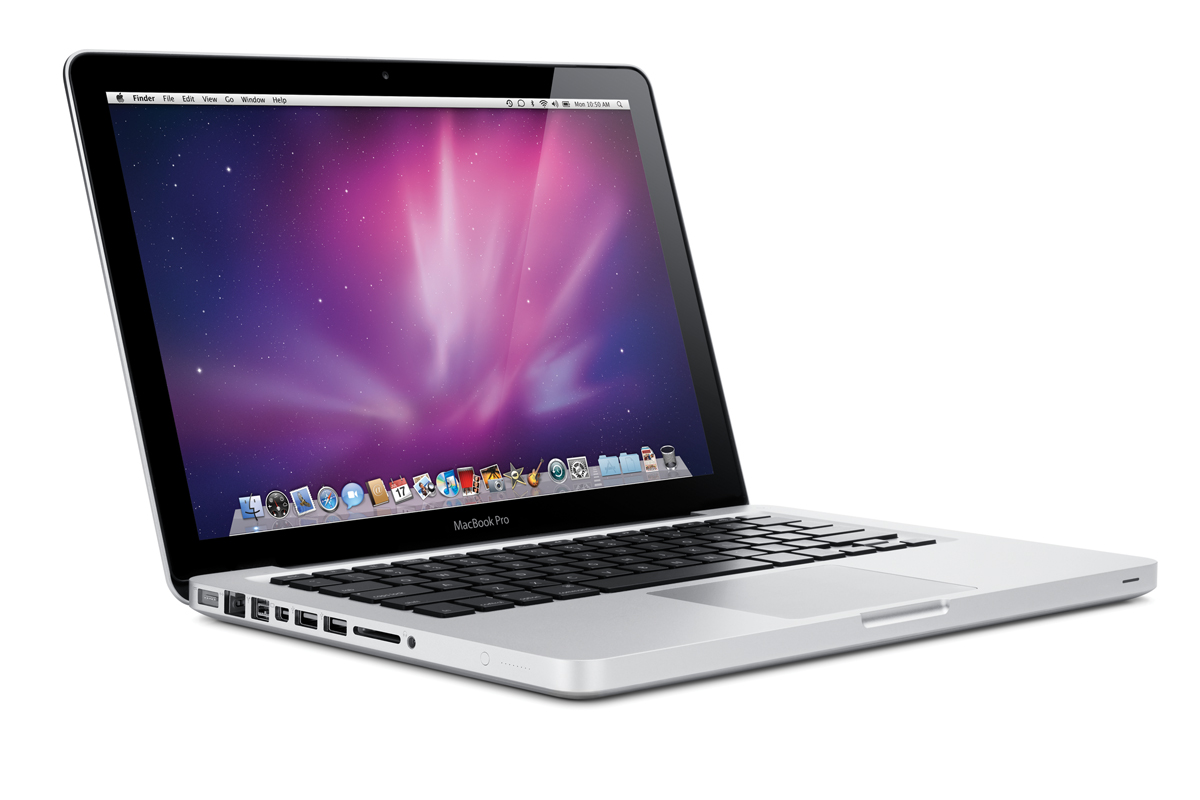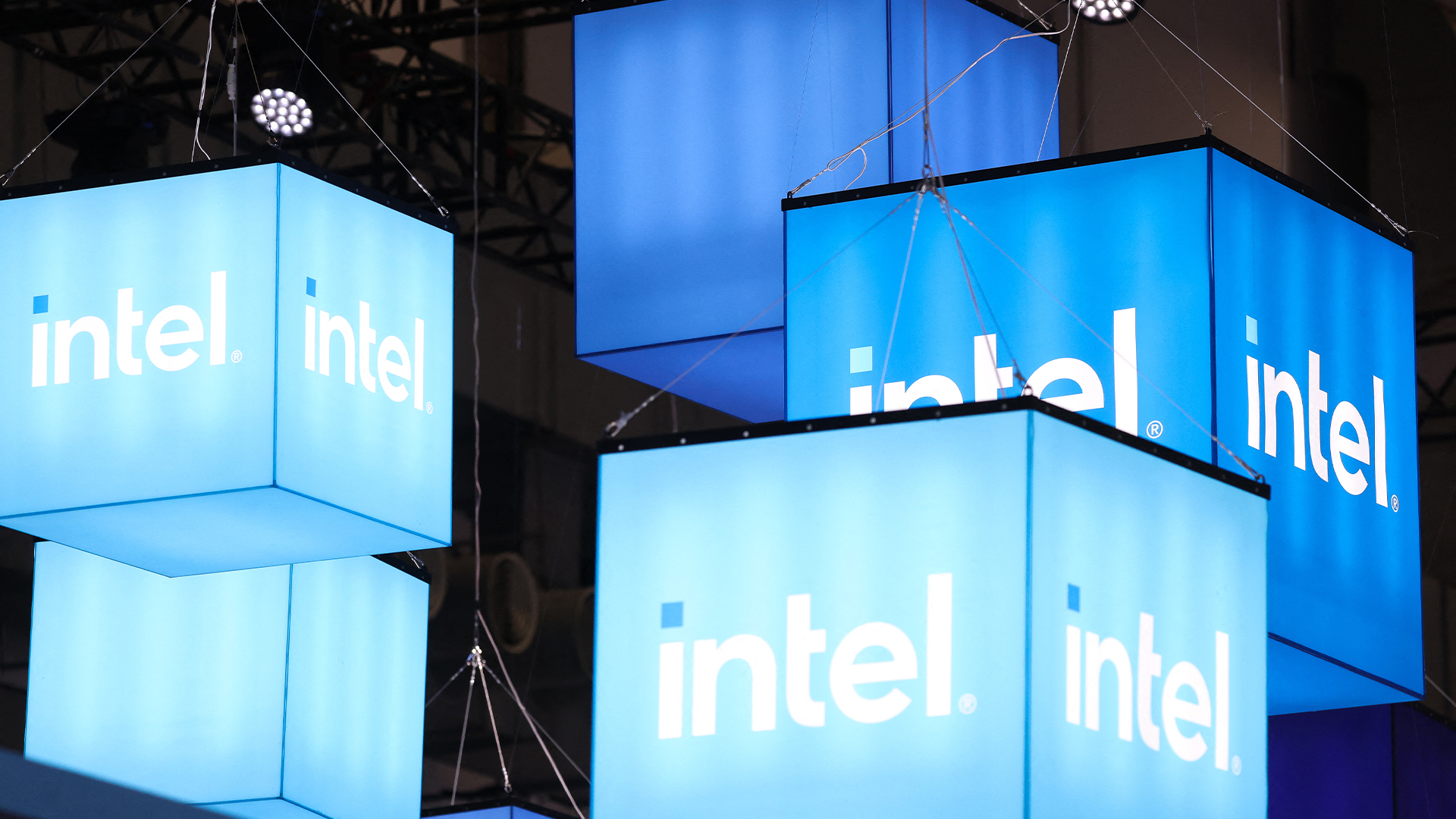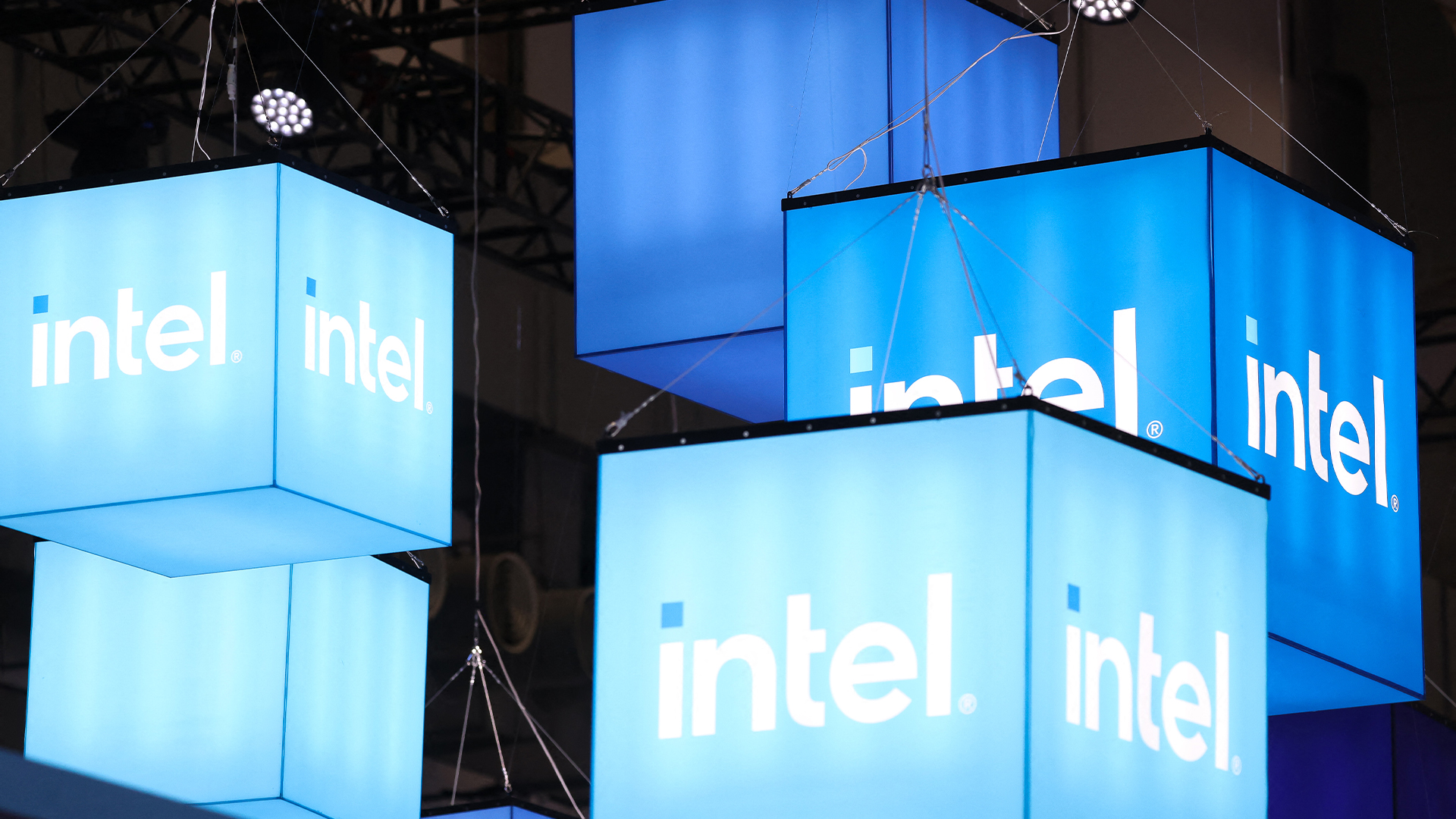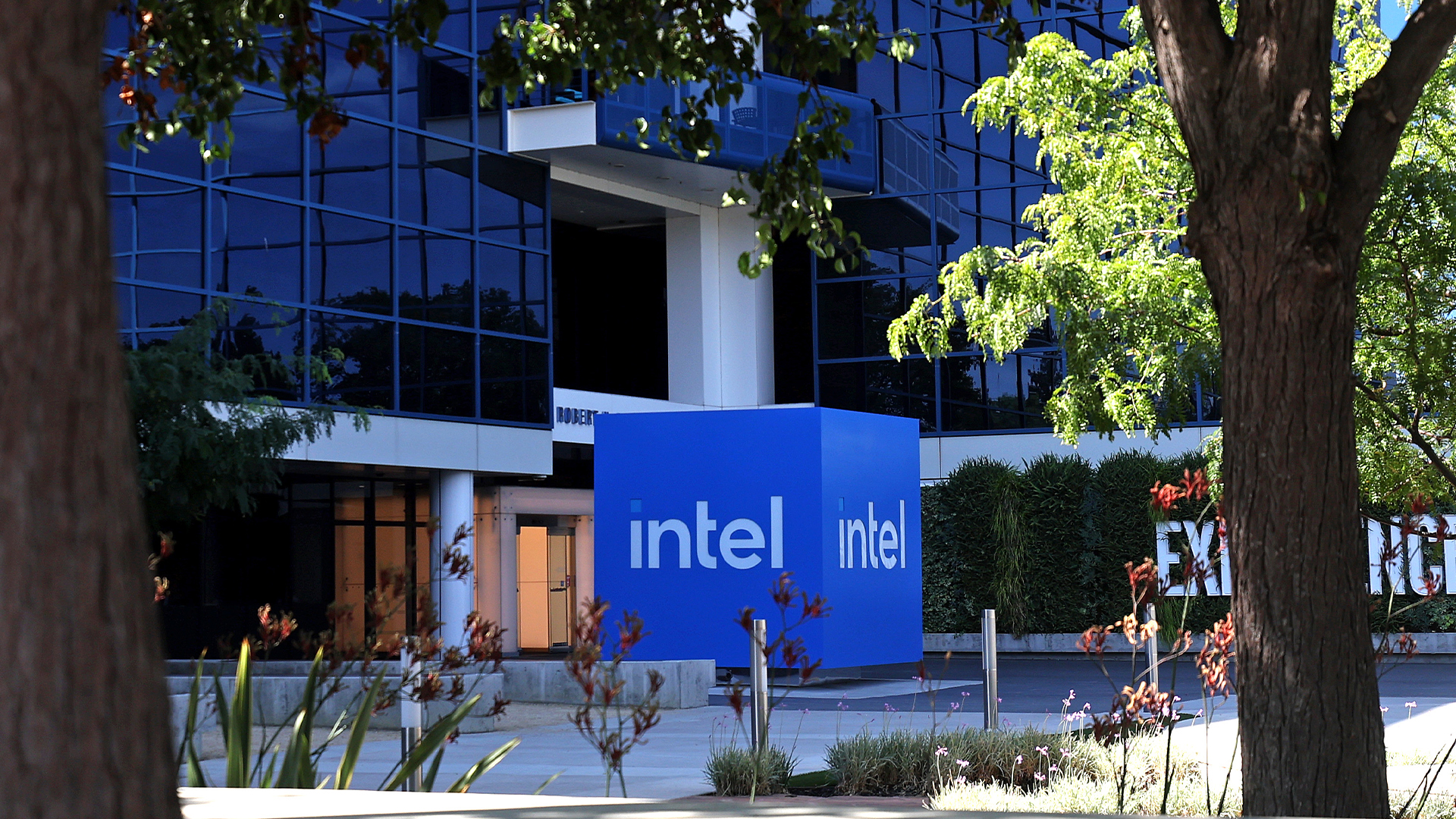Intel to launch Light Peak on iPad 2?
Apple may play with its rivals with a whizzy new USB killer from Intel.

Intel's blazingly fast successor to USB3 may be coming first to Apple's iPad 2 and then to new MacBook Pro laptops.
Although USB3 is barely a year old, Intel was already demonstrating its next generation Light Peak technology back in 2009 before USB3 products were widely available.
The new connector enables data transfer speeds which, on paper, are twice as fast as the already speedy USB3. It could also be used to replace all of a computer's other ports and minimise cable clutter, since it can handle networking, audio and video too.
Previous demonstrations of the technology's potential have been undoubtedly impressive.
Rumours have indicated the first computers to come equipped with a Light Peak port will be updated versions of Apple's MacBook Pro laptops.
According to leaked images of the new 13in MacBook Pro, the Light Peak technology will be sold under the ThunderBolt name.
Oddly, the photos showed the ThunderBolt port in the shape of the existing Mini DisplayPort socket, currently used for connecting displays and projectors to computers.
Get the ITPro daily newsletter
Sign up today and you will receive a free copy of our Future Focus 2025 report - the leading guidance on AI, cybersecurity and other IT challenges as per 700+ senior executives
Intel and Apple can't use the familiar USB port for ThunderBolt due to intellectual property issues and the disapproval of the USB Implementers Forum, according to the Wall Street Journal.
Although this might hinder market acceptance of ThunderBolt, it could play to Apple's advantage since the company pushed the Mini DisplayPort standard. Also, few other computer manufacturers have added Mini DisplayPort to their computers, so Apple may be able to roll out ThunderBolt more quickly and further differentiate its Mac computers from the competition.
Leaked images of alleged iPad 2 cases from Chinese manufacturers have fuelled speculation the upcoming next generation tablet, due to be launched on 2 March, could also come equipped with a ThunderBolt port.
-
 Global cybersecurity spending is set to rise 12% in 2025 – here are the industries ramping up investment
Global cybersecurity spending is set to rise 12% in 2025 – here are the industries ramping up investmentNews Global cybersecurity spending is expected to surge this year, fueled by escalating state-sponsored threats and the rise of generative AI, according to new analysis from IDC.
By Ross Kelly Published
-
 Google Cloud is leaning on all its strengths to support enterprise AI
Google Cloud is leaning on all its strengths to support enterprise AIAnalysis Google Cloud made a big statement at its annual conference last week, staking its claim as the go-to provider for enterprise AI adoption.
By Rory Bathgate Published
-
 The gloves are off at Intel as new CEO plots major strategy shift
The gloves are off at Intel as new CEO plots major strategy shiftNews Intel’s incoming CEO has some big plans for the firm’s business strategy, sources familiar with the matter have told Reuters, with more job cuts looming on the horizon.
By George Fitzmaurice Published
-
 Intel just won a 15-year legal battle against EU
Intel just won a 15-year legal battle against EUNews Ruled to have engaged in anti-competitive practices back in 2009, Intel has finally succeeded in overturning a record fine
By Emma Woollacott Published
-
 AMD and Intel’s new x86 advisory group looks to tackle Arm, but will it succeed?
AMD and Intel’s new x86 advisory group looks to tackle Arm, but will it succeed?News The pair will look to make x86 CPU architecture more interoperable
By George Fitzmaurice Published
-
 Why the world is about to be swamped with AI PCs
Why the world is about to be swamped with AI PCsNews With adoption rates set to surge, AI PCs will become far more mainstream in years to come
By Nicole Kobie Published
-
 Intel needs to “get its story right” to turn things around and capitalize on the AI boom
Intel needs to “get its story right” to turn things around and capitalize on the AI boomAnalysis Intel has entered a period of uncertainty after announcing restructuring plans and a huge round of layoffs
By George Fitzmaurice Published
-
 How monitors deepen your employee experience and support your distributed workforce
How monitors deepen your employee experience and support your distributed workforcewhitepaper Drive business outcomes by empowering, enabling, and inspiring employees with the right monitors wherever they work from
By ITPro Published
-
 Forrester: Power up your hybrid workplace with monitors
Forrester: Power up your hybrid workplace with monitorswhitepaper Evolve remote work policies into work-and-learn-from-anywhere strategies
By ITPro Published
-
 Driving employee experience and productivity across industries
Driving employee experience and productivity across industrieswhitepaper Monitors are an imperative in the hybrid era
By ITPro Published